Foods high in potassium:
Introduction
Potassium is an essential mineral that has a variety of roles in the human body. It is also the 3rd most abundant mineral in your body.
It is a key electrolyte, working alongside sodium, magnesium, and calcium.
About 98 percent of the potassium in the body is found inside cells. Of this, 20% is found inside the liver, bone, and red blood cells, whereas 80 percent is in muscle cells.
Potassium also has a strong relationship with sodium, the principal regulator of extracellular fluid volume.
Health Benefits of Potassium
Stimulates Neural Activity
Note – there is a good reason why people call bananas brain food; these fruits contain remarkably high levels of potassium.
High levels of this mineral allow more oxygen to reach your brain, hence, increasing cognitive function and stimulating neural activity.
Regulates Blood Pressure
High blood pressure is the principal risk factor for heart failure, a major risk factor for heart attack, kidney disease, and stroke. Every year in the United States, an estimated 400,000 deaths include high blood pressure as a main or contributing cause.
Potassium is useful in withdrawing the role of sodium in destabilizing regular blood pressure. Thus, potassium acts as an essential component that maintains the normality of blood pressure in your body.
Bone Health
In order to continue to stay hard and prevent diseases like osteoporosis, your bones require the right minerals, making potassium a very beneficial item indeed.
According to a 2015 study that was issued in Osteoporosis International, a high intake of fruits and vegetables high in potassium substantially decreases the urinary excretion of both calcium and acid.
This is important since an inadequate supply of calcium over a lifetime can notably increase the risk of the development of osteoporosis.
Note – osteoporosis affects 1 in 8 males and more than 1 in 4 females over the age of 50 years.
Kidney Function
The kidneys are strong chemical factories that perform the following functions:
- control the production of red blood cells;
- produce an active form of vitamin D which promotes strong bones;
- release hormones that regulate blood pressure;
- balance the body’s fluids;
- remove drugs from your body;
- remove waste products from your body.
Potassium helps the kidneys in removing waste through the process of excretion.
Stroke
As per a 2017 study done at Harvard University, a regular diet high in potassium may help lower the risk of having a stroke, a serious life-threatening medical condition that occurs when part of the brain loses its blood supply and stops working.
Additionally, a study issued in the Journal of the American Heart Association concluded that consuming at least 3,500 mg of potassium per day was strongly associated with a lower risk of stroke.
In another study on people over the age of 50, the risk of ischemic stroke (occurs when a vessel supplying blood to the brain is obstructed) and stroke was lowered for people with the highest levels of potassium intake through food.
READ MORE: How Much Caffeine Is in a Cup of Coffee?
Digestion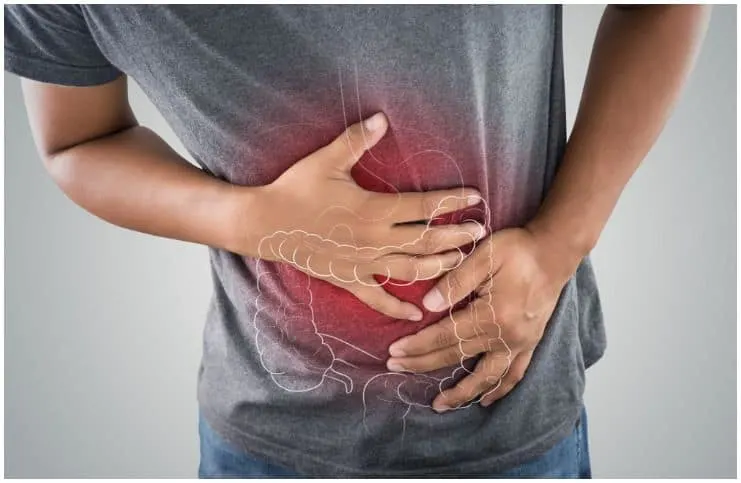
Increased potassium intake can help treat nutrient deficiencies that are caused by certain digestive conditions and diseases such as Crohn’s disease (it causes inflammation of your digestive tract) or ulcerative colitis, which prevents your body from absorbing certain nutrients from the intestines.
Moreover, potassium helps convert glucose in carbohydrates into energy.
Note – this is the main reason why so many professional athletes make sure to get enough potassium in their diet before or after exercise.
READ MORE: Foods That Start With Y
Heart Health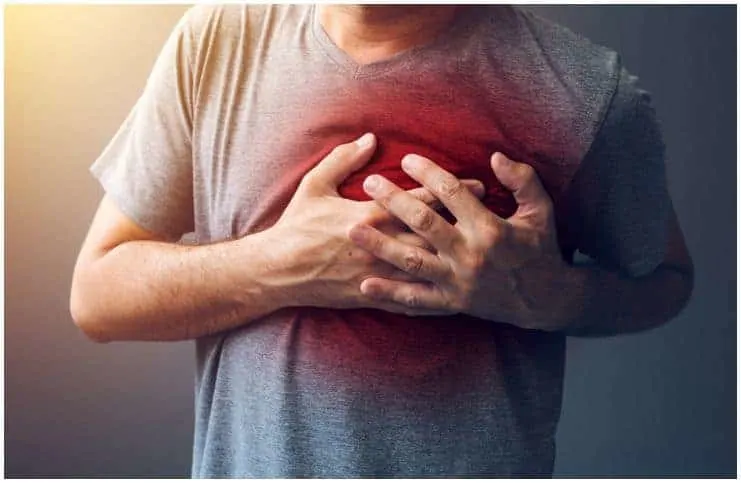
According to recent research, even an alteration in potassium levels for a minute may be strongly associated with a higher risk of having a fast or a slow heart rate, which can increase the risk of life-threatening heart problems.
Recommended Intake
The Adequate Intake recommendation for potassium is 4,700 mg a day for adults.
According to a study by the National Health and Nutrition Examination, less than 2% of people in the United States meet the daily 4,700-mg potassium requirement.
READ MORE: 25 Foods High In Vitamin C
Deficiency
A potassium deficiency is described by a blood potassium level below 3.5 mmol per liter.
Individuals with eating disorders, like bulimia (an eating disorder that is characterized by binge eating followed by purging) and anorexia nervosa, alcoholics, patients with AIDS, and people who have had bariatric surgery have a higher incidence of low potassium levels than others.
Note – almost 20 percent of people hospitalized in the US have a low potassium level.
Potassium deficiencies are also common in people who:
- abuse drugs;
- smoke;
- have health conditions that affect their digestive absorption, like – Crohn’s disease;
- professional athletes exercising in hot climates and sweating excessively;
- have physically demanding jobs;
- use certain medicines, like – diuretics.
The symptoms of low potassium levels depend on the severity of the deficiency, however, it can include:
- heart issues;
- fatigue;
- muscle weakness;
- kidney problems;
- constipation;
- hypertension (high blood pressure).
READ MORE: Foods High In Lectins
List Of Top 50 Foods High In Potassium (per 100 grams):
Note – it is estimated that the human body absorbs about 85 to 90 percent of dietary potassium. Because of this potential danger, the FDA limits over-the-counter potassium supplements to less than 100 mg, about 2% of the recommended daily amount.
#1 Prunes – 1058 mg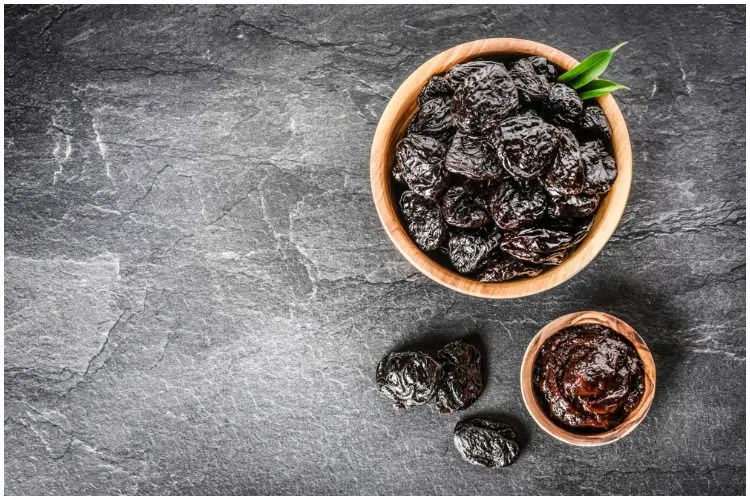
#2 Pistachios – 1042mg
#3 Pumpkin Seeds – 919 mg
#4 Beet Greens – 909 mg
#5 Sunflower Seeds – 850 mg
#6 Flaxseeds – 813 mg
#7 Raisins – 749 mg
#8 Almonds – 705 mg
#9 Dates – 696 mg
#10 Potatoes – 573 mg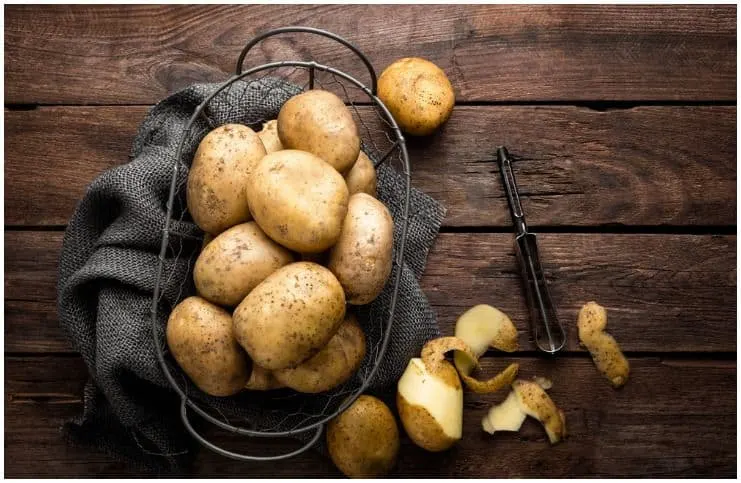
#11 Parsley – 554 mg
#12 Portabella Mushrooms – 521 mg
#13 Soybeans – 515 mg
#14 Lima Beans – 508 mg
#15 Purslane – 494 mg
#16 Avocados – 485 mg
#17 Sweet Potato – 475 mg
#18 Spinach – 466 mg
#19 Kale – 447 mg
#20 Winter Squash – 437 mg
#21 Red Kidney Beans – 403 mg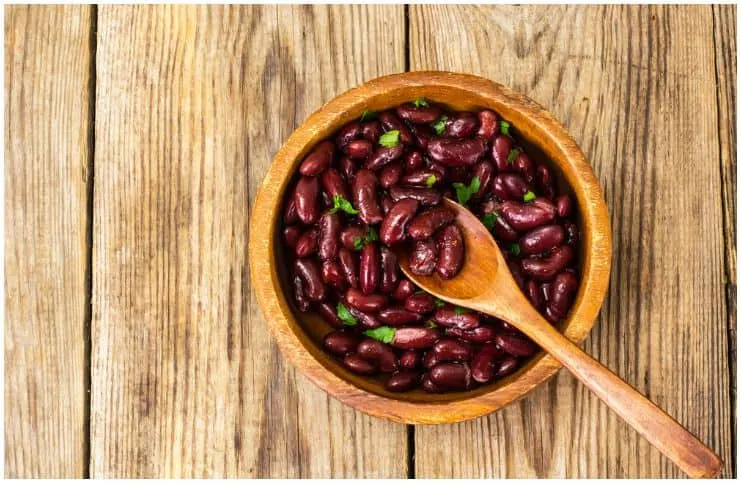
#22 Navy Beans – 389 mg
#23 Swiss chard – 379 mg
#24 Lentils – 369 mg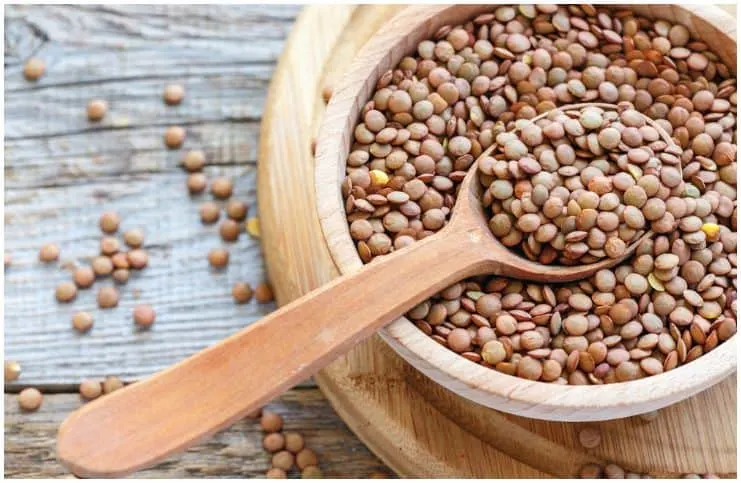
#25 Bananas – 359 mg
#26 Watercress – 330 mg
#27 Broccoli – 316 mg
#28 Kiwi – 312 mg
#29 Chickpeas – 291 mg
#30 Cantaloupe – 267mg
#31 Zucchini – 262 mg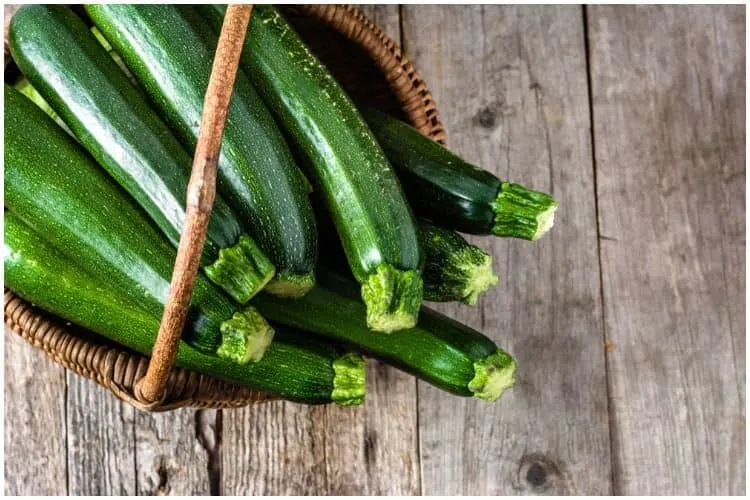
#32 Celery – 260 mg
#33 Apricots – 259 mg
#34 Papayas – 257 mg
#35 Tomatoes – 237 mg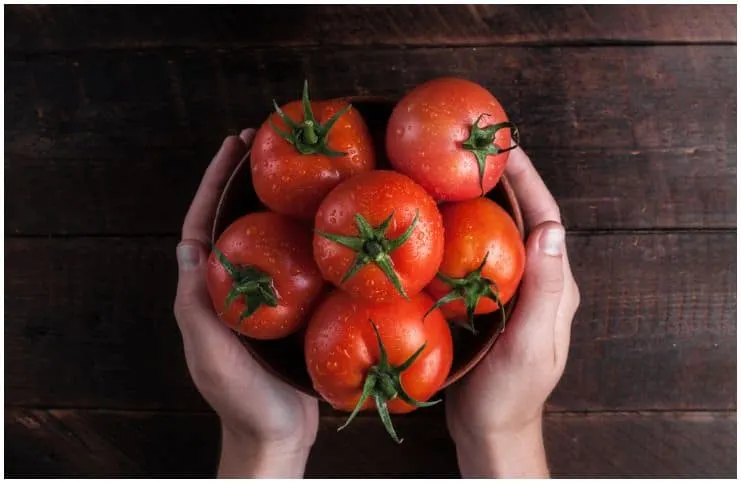
#36 Radishes – 233 mg
#37 Sweet Peppers – 211 mg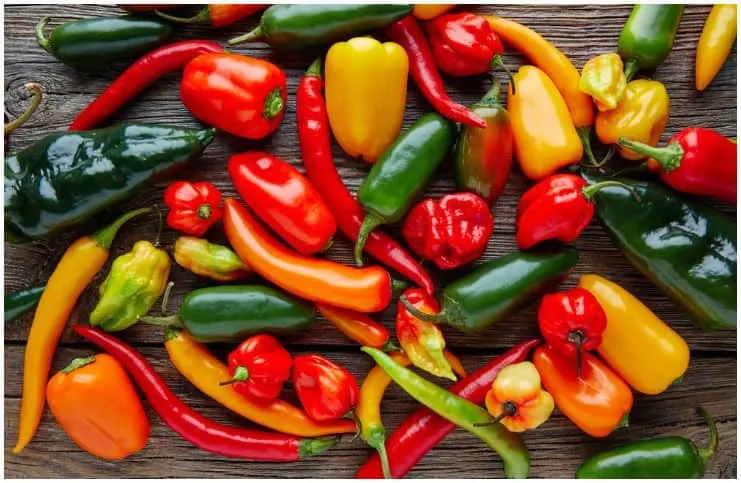
#38 Asparagus – 202 mg
#39 Oranges – 196 mg
#40 Cabbage – 170 mg
#41 Chia seeds – 160 mg
#42 Mangoes – 156 mg
#43 Strawberries – 153 mg
#44 Pears – 148 mg
#45 Cucumber – 147 mg
#46 Onions – 146 mg
#47 Grapefruit – 135 mg
#48 Watermelon – 112 mg
#49 Pineapple – 109 mg
#50 Apples – 107 mg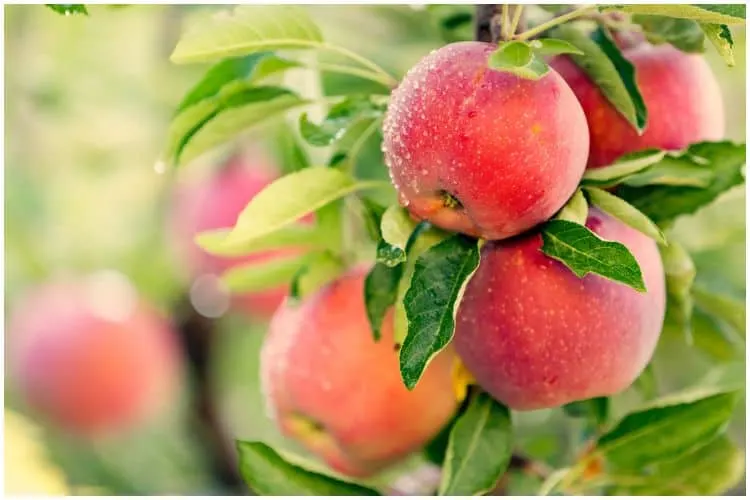
READ MORE: Jim Beam vs Jack Daniel’s – Comparison
Final Words
Too much of this mineral can be harmful in sufferers with kidney disorders due to the fact that kidneys become less able to remove the mineral from blood, therefore, too much potassium may build up.
Symptoms of high potassium levels (hyperkalemia) include:
- palpitations or irregular heartbeats;
- chest pain;
- trouble breathing;
- nausea or vomiting;
- a feeling of numbness or tingling;
- weakness;
- tiredness.
In addition, hyperkalemia can be linked to certain health problems, like:
- internal bleeding;
- Addison’s disease (an endocrine disorder in which the adrenal glands do not produce sufficient steroid hormones);
- type 1 diabetes;
- dehydration.
Featured image credit – Shutterstock
READ THIS NEXT: 25 Foods High In Vitamin E
Sources https://www.bmj.com/content/346/bmj.f1378 https://www.ncbi.nlm.nih.gov/pubmed/21371638 https://www.ncbi.nlm.nih.gov/pmc/articles/PMC3650509/


merla brooks
Wednesday 11th of March 2020
This is good but how much prunes, raisins, etc, do I have to eat to get that level of potassium?